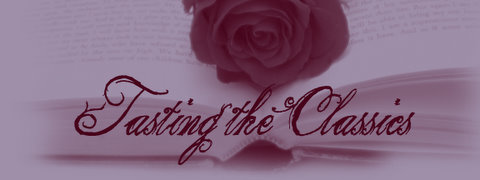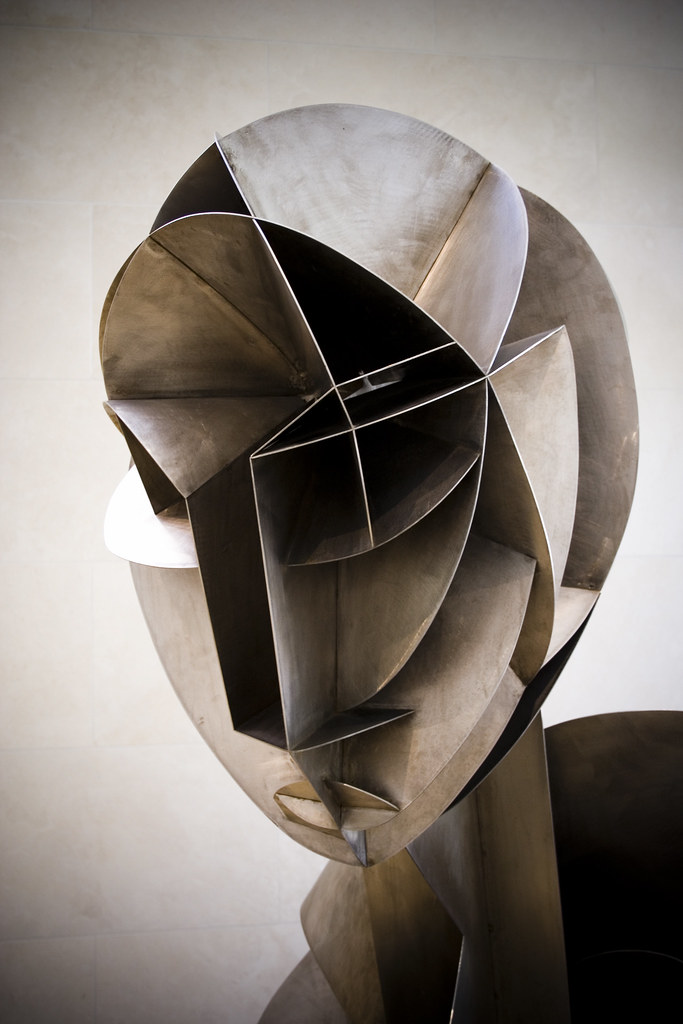Inventor of Kinetic Art.
The Realistic Manifesto, 1920
"The text of this peace, Realisticheskii manifest, was
published in August 1920 in Moscow. An open-air exhibition of Gabo’s and
Pevsner’s work was organized simultaneously. […] ‘The Realistic Manifesto’ was
to consolidate various ideas that had been supported by the Russian avant-garde
long before 1920, rather than to advance totally new ones; furthermore, the
manifesto itself exerted little influence on the actual development of Russian
constructivism or of Russian art in general and had much more significance in
the context of Western constructivism.”
[Excerpt from John E. Bowlt, Russian Art of the Avant-Garde]
“One had to examine Futurism beneath its appearance to
realize that one faced a very ordinary chatterer, a very agile and
prevaricating guy, clad in tatters of worn-out words like ‘patriotism’, ‘militarism,’
‘contempt for the female,’ and all the
rest of such provincial stages."
“Look at that ray of sun… the stillest of the still forces, it
speeds more than 2000 kilometres in a second… behold our starry firmament… who
hears it… and yet what are our depots to those depots of the Universe? What are
our earthly trains to those hurrying trains of the galaxies?”
“Indeed, the whole Futurist noise about speed is too obvious
an anecdote, and from the moment that Futurism proclaimed that ‘Space and Time
are yesterday’s dead,’ it sunk into obscurity and abstractions.”
“But Life does not wait and the growth of generations does
not stop and we go to relative those who have passed into history, having in
our hands the results of their experiments, with their mistakes and their
achievements, after years of experience equal to centuries… we say…
No new artistic system will withstand the pressure of a
growing culture until the very foundation of Art will be erected on the real
laws of Life.
Until all artists will say with us…
All is fiction… only life and its laws are authentic and in
life only the active is beautiful and wise and strong and right, for life does
not know beauty as an aesthetic measure… efficacious existence is the highest
beauty.”
“Life does not know rationally abstracted truths as a
measure of cognizance, deed is the highest and surest of truths.”
“States, political and economic systems perish, ideas crumble,
under the strains of ages… but life is strong and grows and time goes on in its
real continuity.”
“We know that everything has its own essential image; chair,
table lamp, telephone, book, house, man… they are all entire worlds with their
own rhythms, their own orbits.
That is why we in creating things take away from them the
labels of their owners… all accidental and local, leaving only the reality of
the constant rhythm of the forces in them.”
“Thence in painting we renounce colour as a pictorial
element, colour is the idealized optical surface of objects; an exterior and superficial
impression of them; colour is accidental and has nothing in common with the
innermost essence of a thing.”
"We affirm that the tone of a substance, i.e. it’s
light-absorbing material body is its only pictorial reality.”
“We renounce volume as a pictorial and plastic form of
space; one cannot measure space in volumes as one cannot measure liquid in
yards: look at our space… what is it if not one continuous depth?”
Space = continuous depth
“We affirm in these arts a new element the kinetic rhythms
as the basic forms of our perception of real time. “
“Today we proclaim our words to you people. in the squares
and on the streets awe are placing our work convinced that art must not remain
a sanctuary for the idle, a consolation for the wary, and a justification for
the lazy. Art should attend us everywhere that life flows and acts… at the
bench, at the table, at work, at rest, at play; on working days and holidays…
at home and on the road… in order that the flame to live should not extinguish
in mankind.
We do not look for justification, neither in the past nor
in the future.
Nobody can tell us what the future is and what utensils does
one eat it with.
Not to lie about the future is impossible and one can lie
about it at will.
We assert that the shouts about the future are for us the
same as the tears about the past: a renovated day-dream of the romantics.
A monkish delirium of the heavenly kingdom of the old
attired in contemporary clothes.
He who is busy today with the morrow is busy doing nothing.
And he who tomorrow will bring us nothing of what he has
done today is of no use for the future.
Today is the deed.
We will account for it tomorrow.
The past we are leaving behind as carrion.
The future we leave to the fortune-tellers.
We take the present day.”
--
--
Publishing Information:
Russian Art of the Avant Garde Theory and Criticism Revised and Enlarged Edition edited by John E. Bowlt




